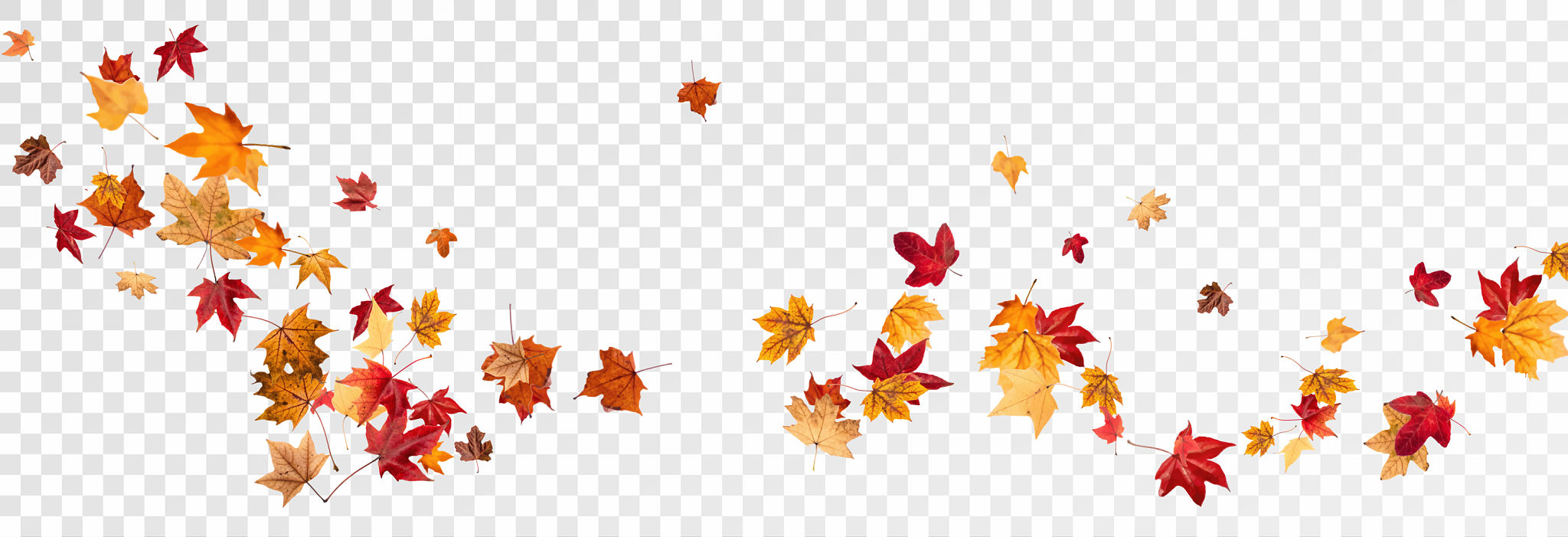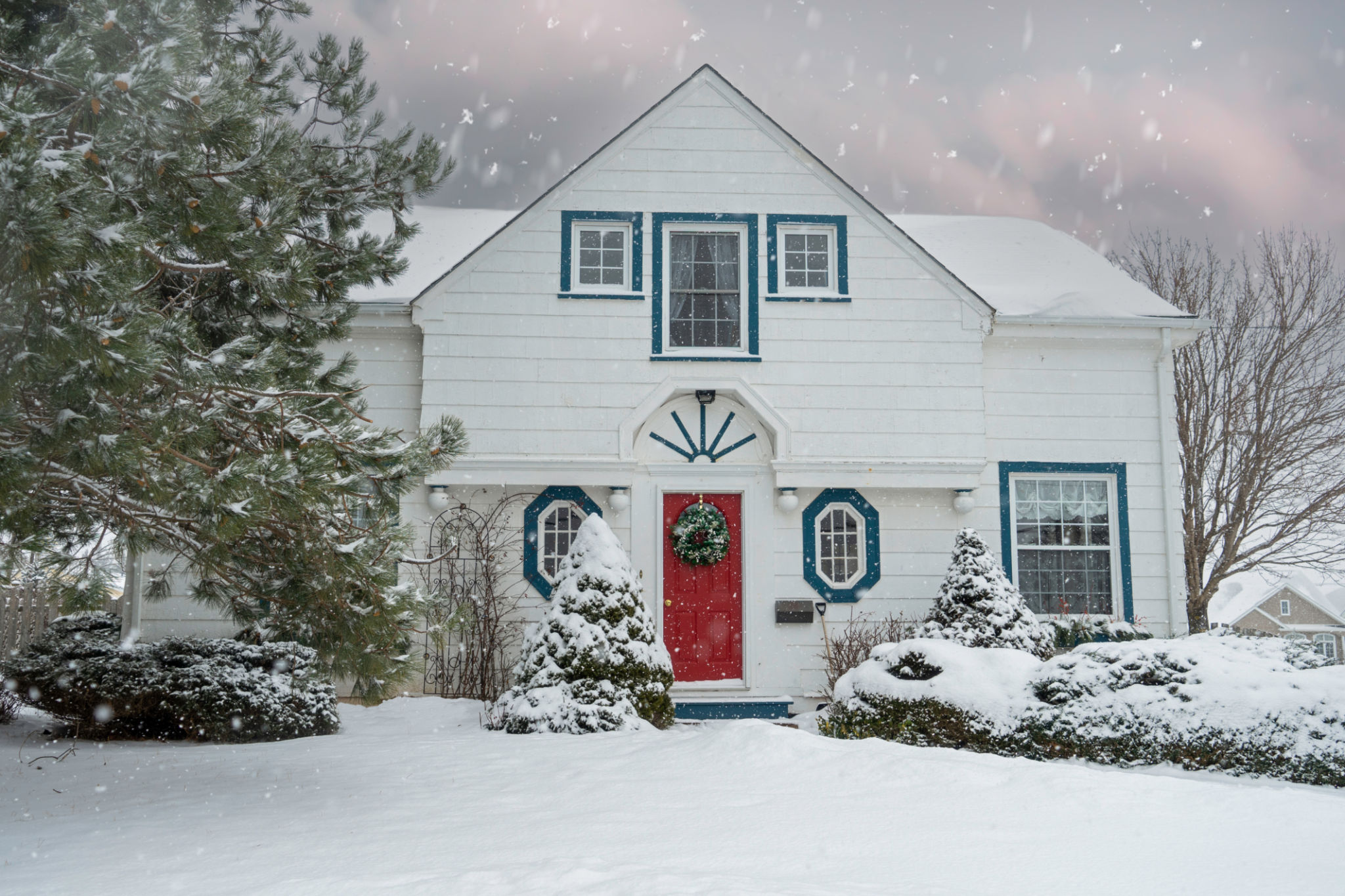Top Landscaping Tips for Each Season
Spring Landscaping Tips
Spring is the season of renewal, making it the perfect time to give your landscape a fresh start. Begin by cleaning up the yard, removing debris, and pruning dead branches. This will not only enhance the appearance of your garden but also promote healthy growth.
Another important task is to test your soil. Knowing the pH and nutrient levels will help you decide on the best fertilizers and amendments for your plants. Additionally, consider planting early-blooming flowers like tulips and daffodils to add a burst of color as temperatures rise.

Watering and Mulching
As the weather warms up, ensure that your plants receive adequate water. Spring showers can help, but it's essential to monitor soil moisture. Applying a layer of mulch can conserve moisture, suppress weeds, and give your garden a tidy look.
Summer Landscaping Tips
Summer heat can be harsh on your landscape, so focus on efficient watering techniques. Early morning or late afternoon is the ideal time to water plants to minimize evaporation. Consider using a drip irrigation system to deliver water directly to the roots.

Choosing Heat-Tolerant Plants
Selecting the right plants for summer is crucial. Opt for drought-resistant varieties like succulents, lavender, and ornamental grasses. These plants require less water and can thrive in high temperatures, ensuring your garden remains vibrant all season long.
Fall Landscaping Tips
Fall is all about preparation for the coming winter. Start by clearing fallen leaves from your lawn. While leaves provide nutrients, leaving them in thick layers can suffocate the grass. Consider composting them for use in future seasons.

Planting for Next Year
This is the perfect time to plant bulbs for spring blooms. Additionally, fall is great for planting trees and shrubs, as cooler temperatures and increased rain help them establish roots. Don't forget to aerate your lawn to improve soil drainage and health.
Winter Landscaping Tips
Winter requires a different approach as plants go dormant. Focus on protecting your landscape from harsh conditions. Use burlap wraps for sensitive plants and apply a thick layer of mulch around trees and shrubs to insulate roots.

Maintaining Structure
Winter is also an excellent time to assess the hardscaping elements of your garden. Check pathways, walls, and patios for damage and plan repairs or improvements. With less foliage in the way, it's easier to envision new designs or features for the coming year.